|
|
|
|
Species Photo Gallery for Chlorotettix attenuatus No Common Name 8 |
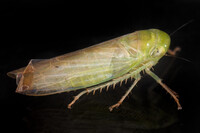 | Photo by: Solomon Hendrix
Out Of State Co.
Comment: adult female caught sweeping grasses |  | Photo by: Solomon Hendrix
Out Of State Co.
Comment: adult female caught sweeping grasses |
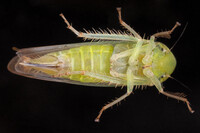 | Photo by: Solomon Hendrix
Out Of State Co.
Comment: adult female caught sweeping grasses |  | Photo by: Bo Sullivan
Jones Co.
Comment: male |
 | Photo by: Bo Sullivan
Jones Co.
Comment: male | 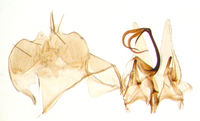 | Photo by: Bo Sullivan
Jones Co.
Comment: male |
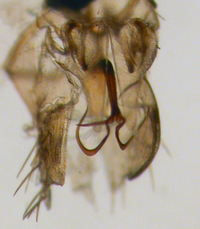 | Photo by: Bo Sullivan
Jones Co.
Comment: male | 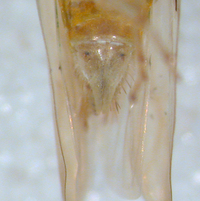 | Photo by: Bo Sullivan
Jones Co.
Comment: male |
|

 »
»


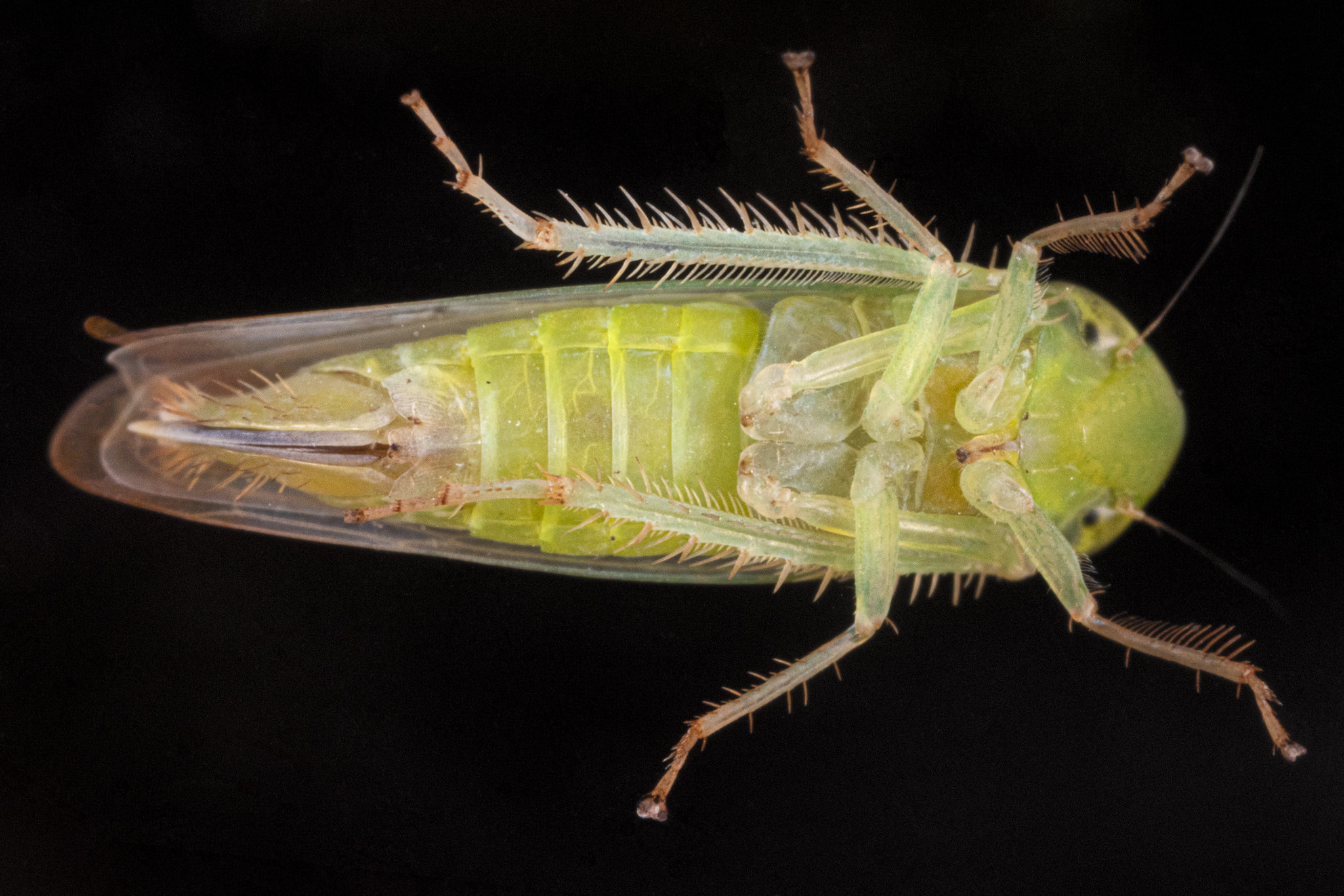

 »
»


